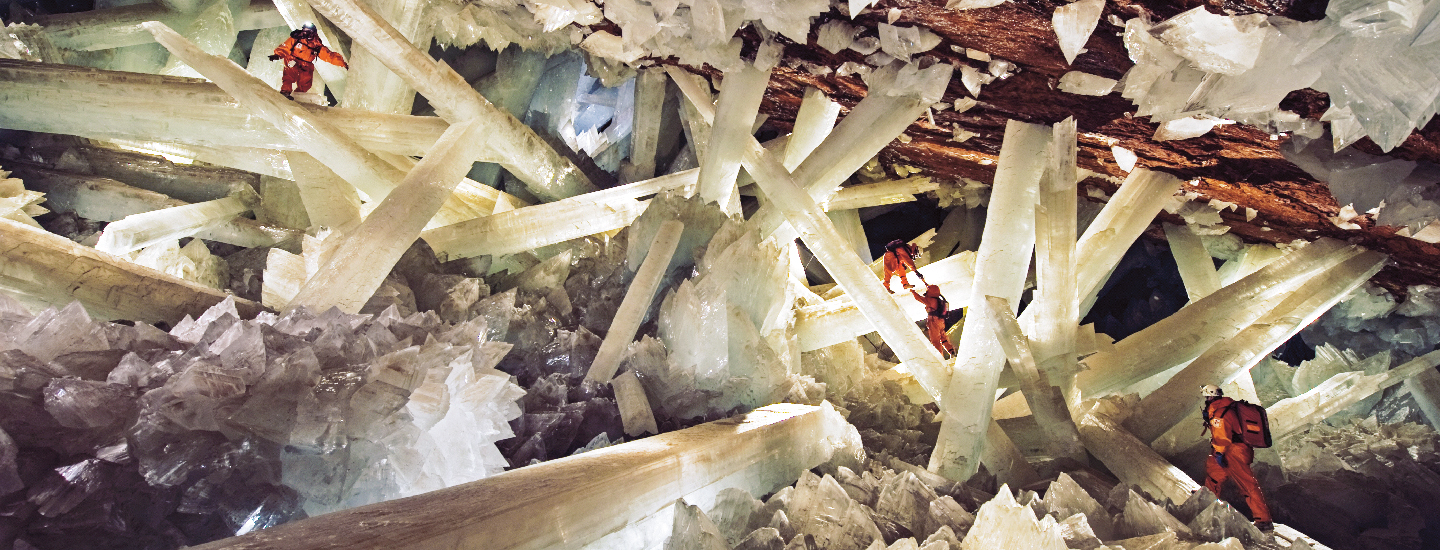Penny Boston looks like an astronaut in the big orange suit she sometimes wears to work. But Boston has never been to outer space. Instead, she searches for alien life on Earth.
Boston is NASA’s head astrobiologist (as-troh-bye-AHL-uh-jist). That’s a scientist who explores the possibility of life on other planets. To understand where living things can and can’t survive, Boston hunts for life in extreme environments on our planet. “I get to go places that few people ever go,” she says.
This past February, Boston made a big announcement. Her team had found ancient microbes in a cave in northern Mexico. She thinks these tiny organisms could hold clues about life in outer space.
Penny Boston sometimes wears a big orange suit to work. She looks like an astronaut. But Boston has never been to outer space. Instead, she searches for alien life on Earth.
Boston is NASA’s head astrobiologist (as-troh-bye-AHL-uh-jist). That’s a scientist who explores the chances life exists on other planets. Boston hunts for life in extreme environments on Earth. That helps scientists understand where living things can and can’t survive. “I get to go places that few people ever go,” she says.
Boston had some big news this past February. Her team had found ancient microbes. They lived in a cave in northern Mexico. She thinks these tiny creatures could hold clues about life in outer space.

